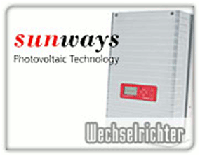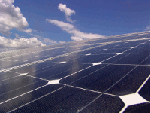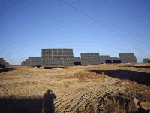
S o l a r - B E C S
Solar - Bridge - Europe - CEDAO States

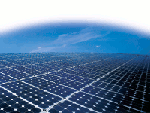
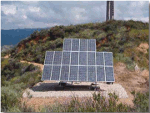
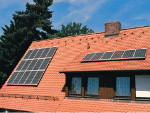
PHOTOVOLTAICS
Photovoltaics is a process of conversion of sunlight into electricity by using solar cells, which are devices made of semiconductor materials (such as silicon). Solar cells are usually interconnected in photovoltaic modules. When the sun shines on the solar cells, direct voltage is generated between their upper and their lower surface. The generated direct current passes through an inverter, where it is converted into alternating current with a voltage of 230 volts. The energy can either be used directly, or can be fed into the public electricity grid.
The main components of a photovoltaic system are:
- A solar generator composed of several electrically interconnected solar modules
- An inverter which converts the DC output from the solar generator to standard AC mains voltage and monitors the mains supply and performing yield optimisation functions
- Assembly materials to mount it on the roof or on open spaces
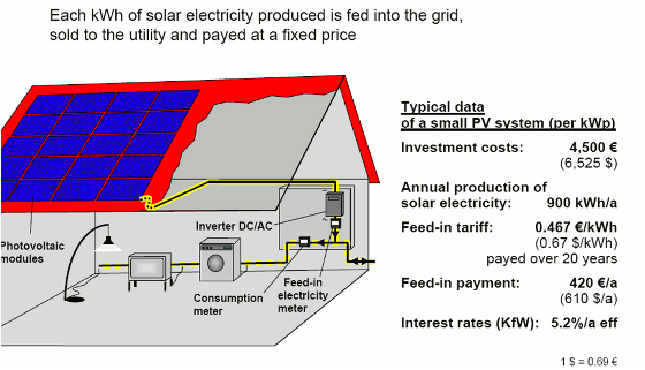
The nominal power potential of the photovoltaic system equals the sum of the single modules' power potential. For example, a photovoltaic system which consists of 20 solar modules with a power potential of 200Wp each will have a total nominal potential of 4kWp. The efficiency of a photovoltaic system depends on some variables, such as location, orientation and inclination. The amount of sunlight has a significant impact on the energy production capability of the system. The quantity of sunlight which reaches the Earth is distributed unevenly in different regions of the world and varies according to the climate, the seasons and the time of day. Moreover, factors as orientation of the building, positioning of the solar modules and inclination of the solar modules need to be taken into consideration in order to maximise the systemís yield.
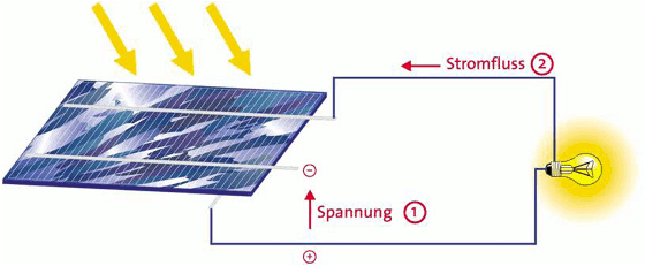
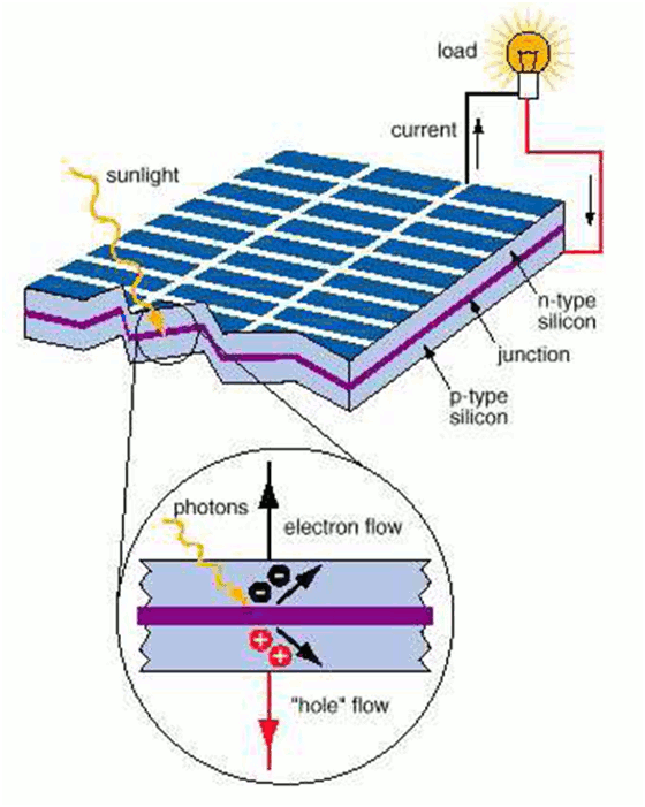
DIFFERENCE BETWEEN MONO, POLY AND THIN-FILM SOLAR MODULES
There are three main types of technologies applied in the production of photovoltaic modules.
|
Moncrystalline solar cells are made from monocrystalline silicon with little or no impurities and have a homogeneous surface. Monocrystalline cells have the highest efficiency (ca. 15%). |
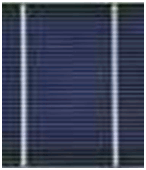
|
|
Polycristalline solar cells are formed by crystals with different structures. The production of these cells involves lower costs. The efficiency of polycrystalline solar cells is slightly lower in comparison to monocrystalline cells (ca. 12%). |
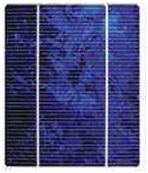
|
|
Thin-film solar modules consist of thin-layer silicon atoms and are more efficient in poor light conditions. Thin-film solar modules are much cheaper than crystalline modules but their efficiency is much lower (ca. 6%). |

|
Inverter
Primarily we offer the inverter from the German and European production.


